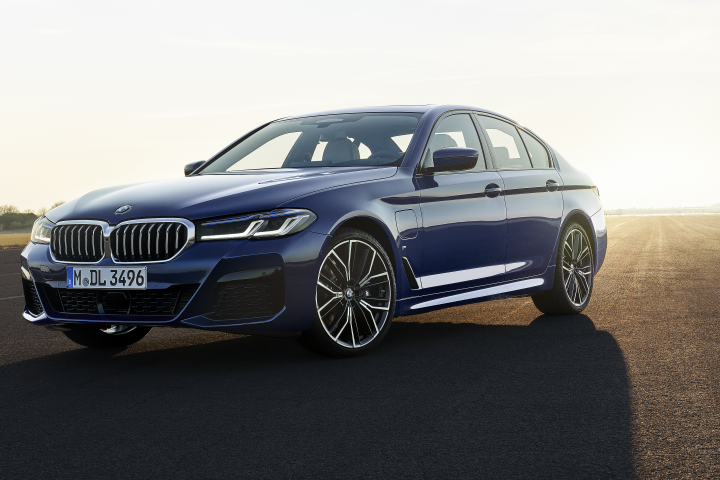By 2021, 25 percent of BMWs sold in Europe will be electric
The BMW Group opened its new Competence Center for E-Drive Production at its factory in Dingolfing, while launching five new hybrid models at the same time. The group has been producing electric powertrain components in Dingolfing since 2013 but is now expanding its capacity there significantly. The importance of this drive to embrace the global shift to e-mobility was underlined by the presence of Bavarian Minister-President Markus Söder at the event where the company launched production of the new, highly integrated BMW e-drive, which combines the electric motor, transmission and power electronics in a central housing. The new generation of the BMW e-drive will be used for the first time in the new BMW iX3, which will go into production in China in late summer. Chairman of the Board of Management of BMW AG Oliver Zipse said at the inauguration: “We continue to ramp up electromobility and set standards for the transformation of our industry. By 2022, in Dingolfing alone, we will be able to produce e-drives for more than half a million electrified vehicles per year. At the same time, we will produce a mix of fully-electric vehicles, plug-in hybrids and models with a combustion engine on a single line, as required by demand, so we can offer our customers the ‘Power of Choice’. This shows how we have paved the way for making the shift in our industry a real success story.”
In the next few years, the production area of the Competence Centre for E-Drive Production will be expanded to ten times the original size: from 8,000 square metres in 2015 to 80,000. The number of employees will also be increased. In the first half of 2020 alone, the workforce grew from 600 to 1,000. Up to 2,000 employees will work in production of e-drives at the Dingolfing location in the medium term. The company expects that 25 percent of BMWs sold in Europe should have an electric drive train by 2021; a third in 2025 and half in 2030.








